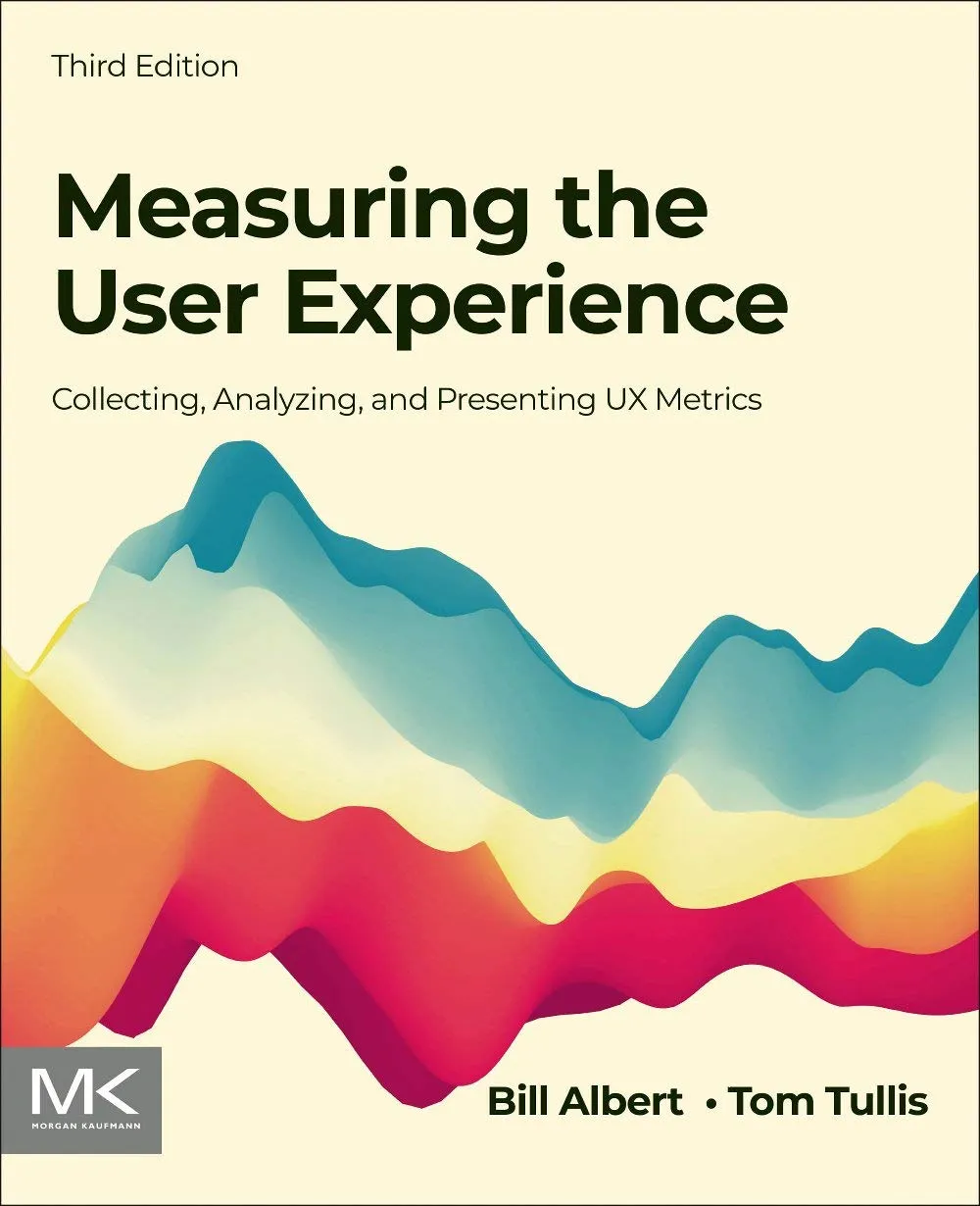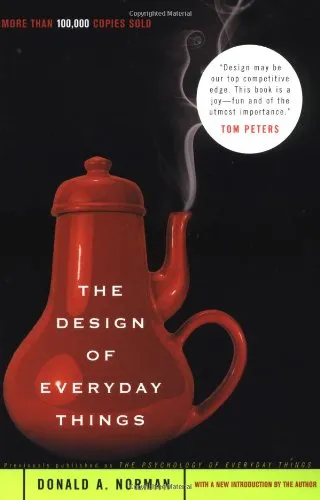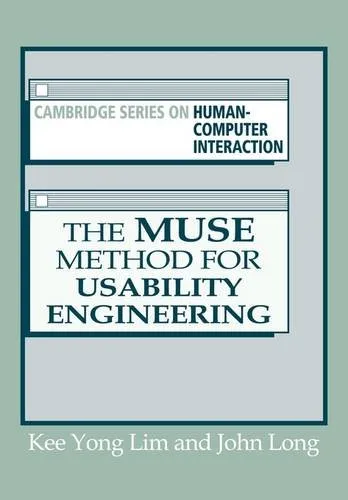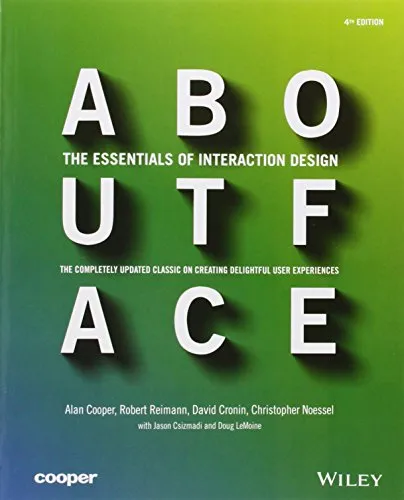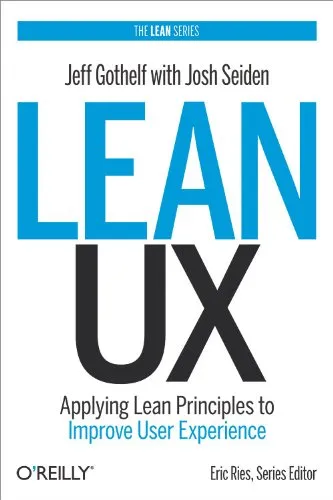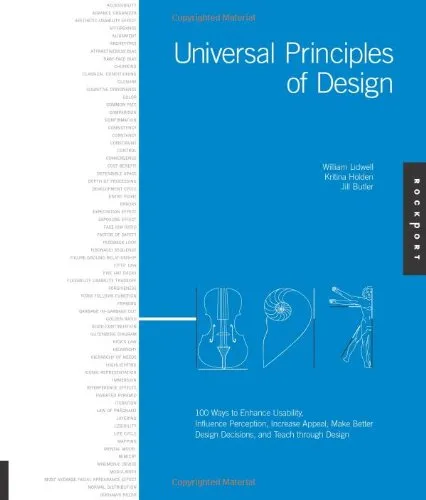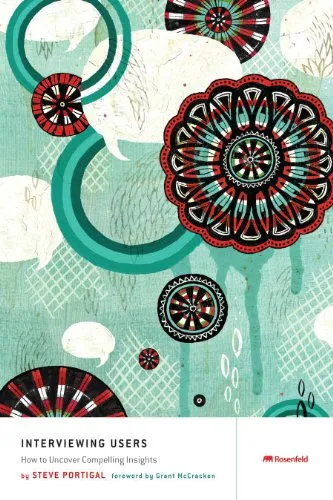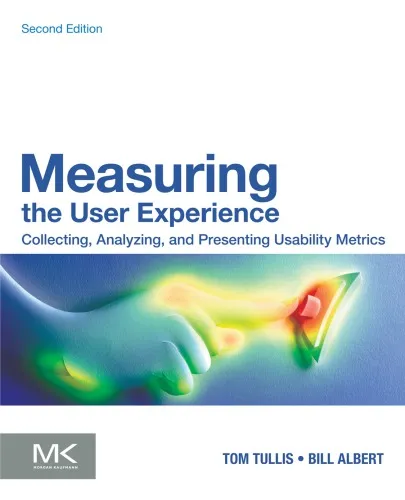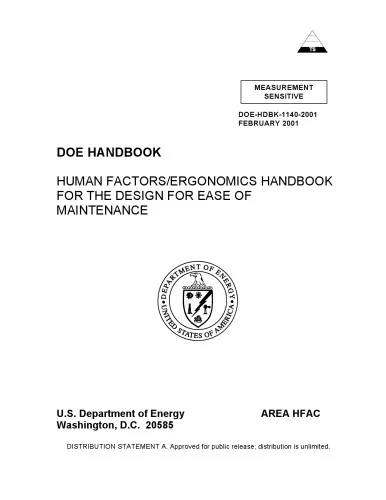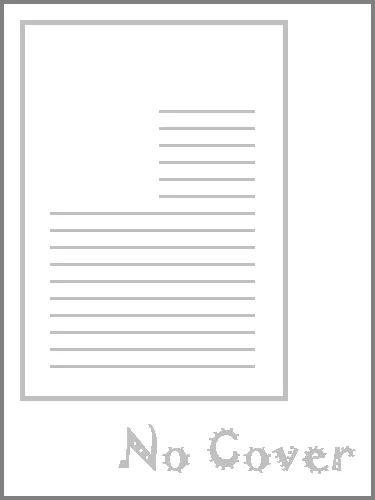Measuring the user experience: collecting, analyzing, and presenting usability metrics
4.5
بر اساس نظر کاربران

شما میتونید سوالاتتون در باره کتاب رو از هوش مصنوعیش بعد از ورود بپرسید
هر دانلود یا پرسش از هوش مصنوعی 2 امتیاز لازم دارد، برای بدست آوردن امتیاز رایگان، به صفحه ی راهنمای امتیازات سر بزنید و یک سری کار ارزشمند انجام بدینRelated Refrences:
مقدمهای بر کتاب "Measuring the User Experience"
کتاب "Measuring the User Experience: Collecting, Analyzing, and Presenting Usability Metrics" اثر ماندگار توماس تولیس و ویلیام آلبرت به عنوان یکی از مراجع استاندارد در حوزه تجربه کاربری شناخته میشود. این کتاب با تمرکز بر اهمیت اندازهگیری و تحلیل دادهها به منظور بهبود طراحی و ارتقای سطح کاربرپسندی محصولات دیجیتال، به خوانندگان خود مجموعهای از متریکها و روشهای مورد آزمون قرار گرفته را ارائه میدهد.
خلاصهای جامع از کتاب
کتاب به چهار بخش اصلی تقسیم شده است. بخش اول به تعریف و توضیح متریکهای اساسی مثل Task Success و Time-on-Task میپردازد. بخش دوم تمرکز بر جمعآوری دادههای کاربر دارد و روشهای نوین گردآوری دادهها را بررسی میکند. در بخش سوم، پردازش و تحلیل دادهها مورد توجه قرار گرفته و ابزارهای آماری و روشهای تجزیه و تحلیلی که برای درک بهتر تجربه کاربری مورد نیاز است معرفی میشوند. نهایتاً، بخش چهارم به ارائه و گزارشدهی این دادهها برای ذینفعان مختلف و تاثیرگذاری مناسب پرداخته است.
نکات کلیدی
- فهم عمیق از اهمیت Usability Metrics و تاثیر آن بر طراحی تجربه کاربری.
- توانایی تحلیل و تفسیر دادههای کاربری به منظور بهبود طراحی و کاهش نقاط ضعف.
- روشهای کارآمد برای ارائه دادهها و گزارشات به ذینفعان.
- آشنایی با جدیدترین ابزارها و شیوههای آزمون تجربه کاربری.
نقل قولهای معروف از کتاب
یکی از نقل قولهای معروف کتاب: "تفاوت بین دادههای خوب و بد، در توانایی ما برای کشف داستانهای نهفته در پس هر عدد است."
همچنین نویسندگان تاکید زیادی دارند که: "پایداری و دقت در جمعآوری دادهها، کلید موفقیت در هر پروژه بهبود تجربه کاربری است."
چرا این کتاب اهمیت دارد؟
در عصر دیجیتال امروز، تجربه کاربری نقشی بیبدیل در موفقیت محصولات دیجیتال ایفا میکند. این کتاب با ارائه راهکارهای عملی و تجربههای واقعی، به طراحان، پژوهشگران و مدیران کمک میکند تا با فهم بهتر نیازهای کاربران، تجربههای کاربری بهتری خلق کنند. از این رو، "Measuring the User Experience" نه تنها به عنوان یک کتاب، بلکه به عنوان یک راهنما و مرجع در این حوزه اهمیت ویژهای دارد.
Introduction to "Measuring the User Experience: Collecting, Analyzing, and Presenting Usability Metrics"
"Measuring the User Experience" by Thomas Tullis and William Albert is a comprehensive guide that delves into the crucial aspect of user experience (UX) measurement. In today’s digital age, UX plays a pivotal role in determining the success and usability of digital interfaces. Tullis and Albert expertly navigate the terrain of usability metrics, offering insights into their collection, analysis, and presentation.
Detailed Summary of the Book
With a firm grounding in the principles of usability studies, this book lays out a roadmap for evaluating user experiences in a structured manner. The authors begin with the fundamentals of usability evaluation, outlining the significance of setting clear goals and objectives. They stress the importance of understanding the different types of metrics—such as performance-based metrics, self-reported metrics, and behavioral/physiological metrics—and how each contributes to a holistic view of user experience.
The book meticulously discusses methodologies for collecting data, emphasizing both qualitative and quantitative approaches. It provides practical guidance on conducting usability studies, including task completion times, error rates, and satisfaction ratings. Tullis and Albert emphasize the need for rigorous data analysis techniques, offering strategies for making sense of diverse datasets.
As user experience doesn't end at data collection, the book also explores how to effectively present findings. The authors advocate for clear and concise reporting methods, underpinned by robust visualization techniques. By employing compelling narratives and actionable insights, readers learn how to communicate their findings to stakeholders effectively.
Key Takeaways
- Understanding the different types of usability metrics is crucial for a rounded evaluation.
- Data collection should be methodical, balancing qualitative insights with quantitative data.
- Analysis techniques are indispensable for interpreting diverse and complex datasets.
- Effective presentation of usability findings ensures that feedback leads to actionable improvements.
- A strong emphasis on storytelling aids in communicating usability insights to diverse audiences.
Famous Quotes from the Book
"Usability metrics are not just numbers; they tell the story of user interaction."
"A meaningful user experience is measured by what users can do and how they feel when doing it."
Why This Book Matters
In an era where digital products are ubiquitous, ensuring a positive user experience has become paramount for businesses and designers alike. "Measuring the User Experience" equips professionals with the tools to assess and enhance UX systematically. By offering actionable insights and methodical strategies, this book empowers readers to make data-driven decisions that genuinely enhance usability.
The practical approaches provided in the book make it a valuable resource not just for UX researchers, but also for product managers, developers, and designers. It bridges the gap between data and design, enabling professionals to create products that resonate with users.
دانلود رایگان مستقیم
شما میتونید سوالاتتون در باره کتاب رو از هوش مصنوعیش بعد از ورود بپرسید
دسترسی به کتابها از طریق پلتفرمهای قانونی و کتابخانههای عمومی نه تنها از حقوق نویسندگان و ناشران حمایت میکند، بلکه به پایداری فرهنگ کتابخوانی نیز کمک میرساند. پیش از دانلود، لحظهای به بررسی این گزینهها فکر کنید.
این کتاب رو در پلتفرم های دیگه ببینید
WorldCat به شما کمک میکنه تا کتاب ها رو در کتابخانه های سراسر دنیا پیدا کنید
امتیازها، نظرات تخصصی و صحبت ها درباره کتاب را در Goodreads ببینید
کتابهای کمیاب یا دست دوم را در AbeBooks پیدا کنید و بخرید
1455
بازدید4.5
امتیاز0
نظر98%
رضایتنظرات:
4.5
بر اساس 0 نظر کاربران
Questions & Answers
Ask questions about this book or help others by answering
No questions yet. Be the first to ask!
